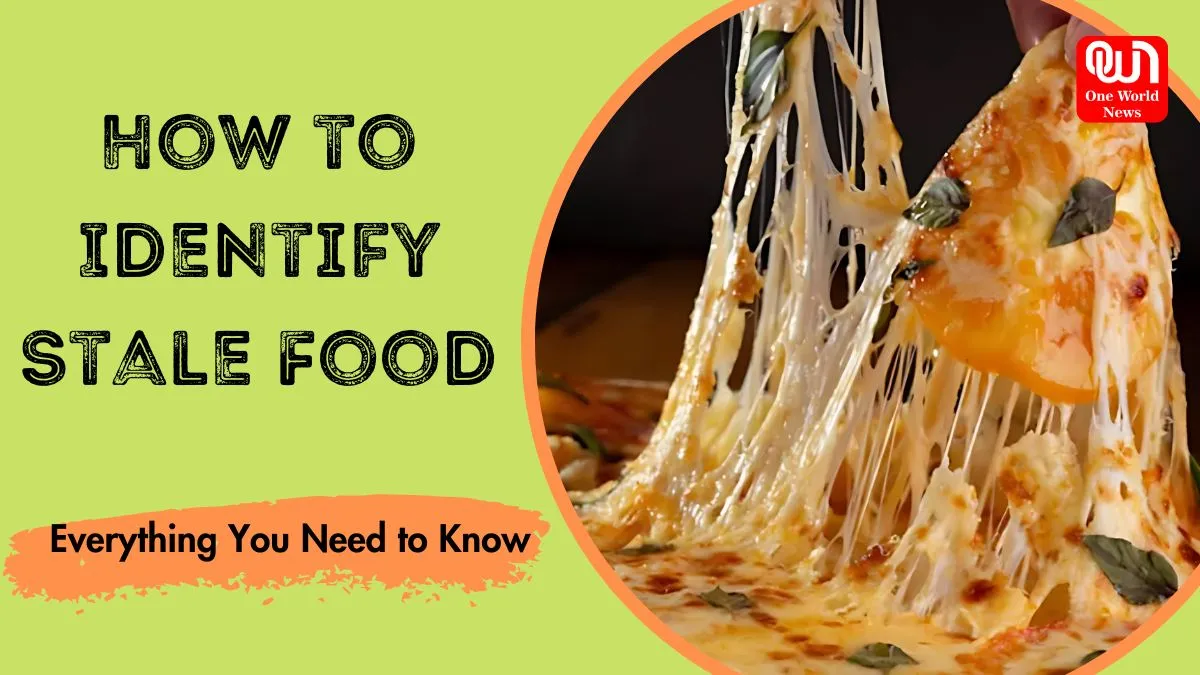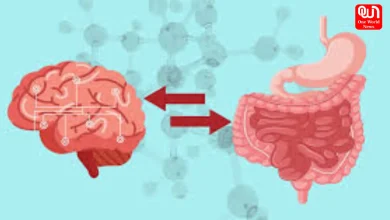Everything You Need to Know: How to Identify Stale Food, What to Do if You Eat It?
Learn to spot stale food with our guide. Discover signs of spoilage & what to do if you accidentally eat it. Keep your meals fresh & safe!
“Keeping It Fresh: A Guide to Identifying Stale Food and What to Do Next”
Ensuring quality food with its freshness not only is important for better taste, but also for health. Moreover, for all the vigilance we exercise in keeping food fresh, there are times when the food gets stale without our being aware of it. One of the most important aspects is to be able to identify spoiled food and what the proper actions to take are if you happen to consume it in order to avoid food-borne illnesses. Continue reading at e-learning360.com
Identifying Stale Food:
1. Visual Cues:
• Mold Growth: Verify whether any mold growth is seen on the surface of the food. Mold may appear as fuzzy spots, spots having different color, or patches.
• Discoloration: Look for any changes in color, whether a browning or darkening corresponding to oxidation or spoilage.

• Texture Changes: Keep an eye on the texture and whether it felt dry, soggy, slimy, or changed in any way that may mean the food was rotten.
2. Smell Test:
• Rancid Odors: Smell the food at least twice to find out if there are any off odors in it. Todd foods get spoiled very soon that end up with an awkward smelling, such as a sour, musty, or putrid smell.
• Off Aromas: Take care to consider any strange or repelling odors that are contrasting to the original smell of the food.
3. Taste Evaluation:
• Sour or Bitter Taste: If the food turns up sour, bitter or just funny it could most likely be signs of contamination. Listening to your taste is the best idea in the absence of certainty so that you do not take further if there is any doubt.
What to Do if You Eat Stale Food:
1. Assess Symptoms:
• Keep track of your body for any problematic reactions or symptoms that appear after consuming bad food. Symptoms of food poisoning are quite comparable to those of puking, diarrhea, stomach ache, and fever.
• Seek immediate medical help should you be experiencing severe symptoms or belong to a high risk group that includes but is not limited to pregnant women, young children, aged, and persons with impaired immunity.
2. Hydration:
• Hydrating abundantly in the form of water should be a priority in case you have vomiting and diarrhea. Restoring fluids not only prevents dehydration which is the most common complication of foodborne illnesses, but also helps the rapid loss of water from the body.
Read more: 5 Reasons Why You Must Drink Detox Water Instead Of Your Regular Water For Clear Skin
3. Rest and Recovery:
. Give your body rest and chance to restore itself. To avoid any extra irritation to your whole digestive system, don’t eat solid foods until your symptoms are gone.
Choose bland easily digestible foods like biscuits, toast, rice and meat broth soups when you feel like consuming again.
We’re now on WhatsApp. Click to join.
Conclusion: To be safe, you should learn what the signs of stale food are and how to act if you eat contaminated food. It is what you need to keep your health and well-being. Watch out, be sensing and food safety be paramount to always have fresh and healthy meals no matter how often you shop at the market.
Like this post?
Register at One World News to never miss out on videos, celeb interviews, and best reads.








